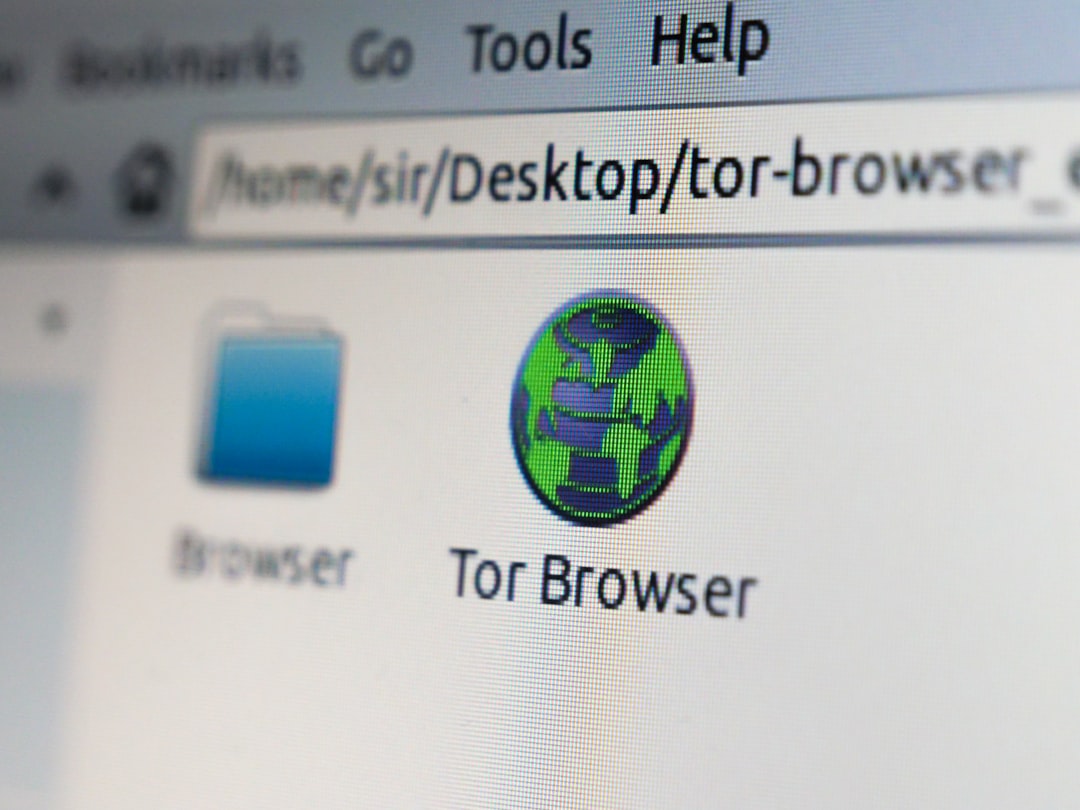In a world increasingly driven by digital systems, the use of unique identifiers has become essential for maintaining structure, security, and traceability. One such identifier that has recently garnered attention is 24ot1jxa. While it may appear as a random combination of characters, this identifier carries specific meanings and functions depending on the context in which it is used. This article provides a detailed explanation of what 24ot1jxa is, where it might be encountered, and why understanding it matters in today’s technological ecosystem.
Understanding What 24ot1jxa Represents
The identifier 24ot1jxa is not a standard term or acronym found in common technical glossaries. Rather, it appears to serve as a placeholder or generated identifier used in platforms that rely on string-based references or unique codes. These types of identifiers are often implemented in systems such as:
- Database record locators
- Authentication tokens
- Content delivery networks (CDNs)
- URL shortening services
- Software version control environments
While the specific structure of “24ot1jxa” doesn’t align with known encoded formats (like Base64 or hexadecimal), it shares many features common to secure and unique string identifiers:
- Alphanumeric combination for broader encoding capacity
- Apparent randomness to prevent predictability
- Short length for easy reference and storage

Common Use Cases
The utility of identifiers like 24ot1jxa is extensive. Below are several likely areas where you may encounter this format:
1. Temporary File or Session Identifiers
In web applications and cloud platforms, temporary resources often require identifiers that are unique and short-lived. A string like 24ot1jxa could represent a session token linking the user to a temporary dataset.
2. Database Keys or Primary Identifiers
Many document-oriented databases, such as MongoDB or CouchDB, generate unique document keys for data storage. These identifiers may look similar to 24ot1jxa and are crucial in ensuring data integrity and traceability.
3. API Access Tokens
Accessing APIs (Application Programming Interfaces) securely may require sending a token that looks like 24ot1jxa. These tokens authenticate the identity of the user or system making the request.

Why Unique Identifiers Like 24ot1jxa Are Important
Identifiers play a critical role in both software development and cybersecurity. Without unique identifiers such as 24ot1jxa, systems would struggle to differentiate between records, users, and sessions. Some of the main reasons include:
- Data Integrity: Ensures that each item, whether a file or user, is stored and tracked accurately.
- Security: Helps prevent unauthorized access by using unpredictable, randomly generated tokens.
- Scalability: Easily allows systems to grow by maintaining unique references across distributed environments.
- Automation: Facilitates scripting and automated processes that rely on consistent tagging.
How to Handle Identifiers Like 24ot1jxa
If you come across a string like 24ot1jxa during system interaction, your first approach should involve understanding the context:
- Check System Documentation: Look for metadata or logs associated with the identifier to dissect its origin.
- Avoid Modifying: These identifiers are usually not meant to be edited manually. Modifying could break links or corrupt data references.
- Treat as Sensitive: If it’s a session key or security token, treat it like a password—do not share or expose it publicly.

Conclusion
While the string 24ot1jxa may not have an immediately obvious meaning, it likely serves as a system-generated key or identifier that plays a hidden but essential role in various digital applications. Understanding such identifiers is important for developers, users, and cybersecurity professionals alike. They underpin the smooth operation of everything from web sessions to database queries, ensuring digital interactions remain secure, reliable, and efficient.
In a world where data and user sessions shift seamlessly between clouds, servers, and devices, unique identifiers like 24ot1jxa are the silent workhorses maintaining digital order behind the scenes.
 logo
logo



